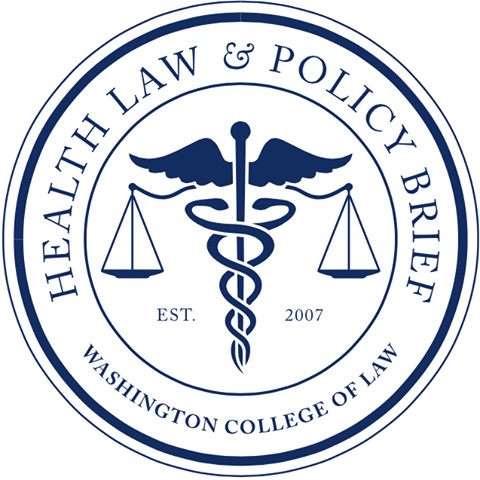This week, the United States Surgeon General issued an advisory, urging more Americans to begin carrying the opioid overdose-reversing drug, naloxone. The last time the Surgeon General issued such an advisory to the American public was more than a decade ago, focusing on the hazards of alcohol consumption during pregnancy—perhaps a signal that the opioid crisis is worse than the public recognizes.
Narcan, one of the more popular brand name drugs, temporarily reduces the effects of an opioid overdose and can restore normal breathing to a person suspected to have overdosed. It comes in the form of a nasal spray, making it simple for untrained users to administer. Now, Narcan is widely available in pharmacies across the United States, including CVS and Walgreens. Though only some states permit the sale of Narcan over-the-counter, most now even permit family members of drug users to receive Narcan without a prescription at pharmacies.
As nearly 91 Americans die each day from an opioid overdose, President Donald Trump has declared the opioid crisis a public health emergency. However, the widespread availability of Narcan, especially in states where it is available over-the-counter, presents interesting legal questions. Access to Narcan was limited until state legislatures provided specific statutory protections for nonmedical personnel to possess and administer the drug to persons suspected of an overdose. This practice, called “third party prescribing,” permits physicians and medical personnel to dispense Narcan, or other similar drugs, to a person other than the one at risk for overdose.
As regulation of the medical profession typically falls to the states themselves, a physician generally can legally prescribe a drug to his patient when it is (1) in good faith, (2) in the usual course of professional practice, and (3) for a legitimate medical purpose. Nevertheless, in the absence of federal action to combat the opioid crisis, states have enacted legislation that increases access to these potentially life-saving opioid overdose-reducing drugs. Such legislation reduces liability for the prescribers, dispensers, and administrators, thereby attempting to increase the availability to Narcan to affected consumers who may fear the stigma of requesting their own prescription, or who may lack the funds or health insurance to access Narcan themselves. Fortunately, the drug has no abuse potential, but still requires individuals to seek medical attention immediately following the administration of the drug. Since Narcan is only a temporary solution, the symptoms of an overdose may return and require immediate medical attention.
As more states attempt to reconcile with the widespread opioid epidemic, the federal government needs to take a firmer stand. By enacting federal legislation to provide Narcan and similar drugs over-the-counter, the government can increase the availability of the drug and prevent opioid-related deaths. The federal government can also permit community distribution, which often involves supplying the drugs to addicts without cost, as well as require federal assistance programs to cover the costs of Narcan. Overall, the number of synthetic opioid-related deaths has reached 200,000, and the federal government must act to combat this epidemic—sooner rather than later.
